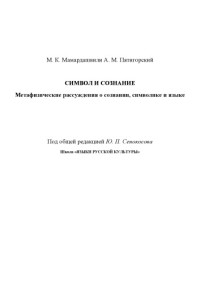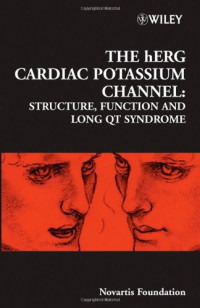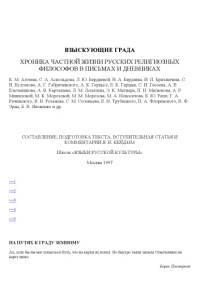
Amiloride-Sensitive Sodium Channels: Physiology and Functional Diversity
Dale J. Benos (Eds.)
Sodium reabsorbing epithelia play a major role in whole-body sodium homeostasis. Some examples of sodium regulating tissues include kidney, colon, lung, and sweat ducts. Sodium transport across these membranes is a two-step process: entry through an amiloride-sensitive sodium channel and exit via the ouabain-sensitive sodium/potassium ATPase. The sodium entry channels are the rate-limiting determinant for transport and are regulated by several different hormones. The sodium channels also play a significant role in a number of disease states, like hypertension, edema, drug-induced hyperkalemia, and cystic fibrosis. Amiloride-Sensitive Sodium Channels: Physiology and Functional Diversity provides the first in-depth exchange of ideas concerning these sodium channels, their regulation and involvement in normal and pathophysiological situations. Key Features * Summarizes current state of amiloride-sensitive sodium channel field * Analyzes structure-function of epithelial sodium channels * Discusses immunolocalization of epithelial sodium channels * Examines hormonal regulation of sodium channels * Discusses sodium channels in lymphocytes, kidney, and lung * Considers mechanosensitivity of sodium channels * Provides ideas on sodium channels and disease
Categories:
Year:
1999
Edition:
1
Publisher:
Academic Press
Language:
english
ISBN 10:
0080585183
ISBN 13:
9780121533472
Series:
Current Topics in Membranes 47
File:
PDF, 21.74 MB
IPFS:
,
english, 1999
 Amazon
Amazon  Barnes & Noble
Barnes & Noble  Bookshop.org
Bookshop.org  File converter
File converter More search results
More search results More benefits
More benefits 


































